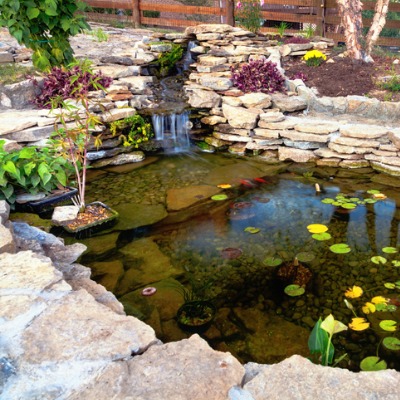Property owners across many sectors use various water sources for irrigation. The most common freshwater sources are rivers, reservoirs, lakes, and groundwater. Other reliable water sources for irrigation may come from a well, a cistern (rainwater catchment), or a pond on the property.
Although irrigating with water from non-metered sources– such as a pond—might be considered ideal from a cost perspective, operating an irrigation system that utilizes multiple water sources (including metered, potable water) can be difficult without the best irrigation controller technology that has the capability of efficiently managing secondary water sources.
Using an irrigation controller that gives you the ability to assign multiple water sources, and configure priorities that tell the controller which water source to use first, is critical. Also, a controller that is capable of starting, pausing or stopping irrigation at each water source, as needed. Each water source can then be budgeted and rationed, based on water available at each source to extend supply of irrigation, and control the expense of metered potable water.

Secondary water sources (such as a pond) used for irrigation are not always infinite, and another water source may be required to meet irrigation demand. Your irrigation controller can monitor the water level in the pond, and configure a “Stop Condition” to shut down a program when the water reaches a specified level. The controller can then be set up to switch over at “empty conditions” when the pond drains down to a certain level and is considered empty.
A budget can be set on each secondary water source to switch off once it reaches a certain number of gallons, and move over to another water source. This can all be done with a moisture sensor or mechanical float switch, which tells the system that the pond is at a certain level.
For multiple water sources, you can set different pumps to run at certain flow and certain pressures. The controller can be set to run efficiently by running one water source with low flow and then switch to another station with higher flow. The controller can also enable advance dynamic flow allocation to bring on the smallest water source first, and as demand increases, bring on the next water source.
Once set capacity is reached at one station, your controller can be set to add in another station to meet demand. When demand out in the field drops, the controller will start closing zones.
Baseline’s BaseStation 3200 can be programmed to manage every aspect of flow from each secondary water source used for irrigation, and help shorten water windows.

